When I was in the third grade, the local coal miners' union went on strike. It would take me twenty years to realize it, but that was my introduction to politics and economics.
My hometown, the tiny Floyd County hamlet of Garrett,
was quite literally built by the Elkhorn Coal Company. The two-story wooden homes lining the hillside along the town's major street were constructed in 1912 as Elkhorn's coal camp. Growing up, I heard stories of the Company Store, which traded with its employees on a scrip system. It was always a point of pride among my mother's family that my grandfather refused to be paid in
scrip; this act was a symbol of independence and rebellion in the collective family lore. The subtext of the story was pretty clear, though: coal owns us all.
Now, in third grade, I didn't quite realize the rationale behind a union strike. I didn't know if I stood on the side of labor or management. I didn't know that coal was a politically charged issue. I did, however, know that a whole lot of my classmates were directly impacted by the strike. Suddenly, my friends behaved in a far more subdued manner. They quietly alerted the teacher that they'd be switching over to free or reduced lunch. They talked about the strike a lot, and it was evident even to a third grader that money was tight. The science lessons about a dwindling fossil fuel supply took on a scarier, more immediate quality. I came to realize that, while my friends' families were no longer paid in scrip, our town belonged to coal as much in the 1980s as it had seventy years earlier.
Twenty years later, coal is still crucial to my town's existence. Even though the big, easily-mined seams are long gone, coal is everywhere. A thin strip, far from mineable, runs through the mountain in my parents' backyard. We drive past coal tipples every day. Some friends' families made their fortunes as coal executives; others lost a bundle investing in mines. So many of my friends' parents are miners and mine-related professionals. In my own family, one uncle was an electrician in the mines, another ran a coal truck business for many years. My fiancé's family has a long history with the steel plants that run along the Ohio River on the state's northeastern border -- plants that are, of course, fueled by Eastern Kentucky coal. In one way or another, everyone with ties to Eastern Kentucky relies on coal.
The truth is, coal is the basis for Eastern Kentucky's economy. Last month, when Arch Coal announced
a five hundred job layoff, it seemed far more real to most people I know than the devastating economic forecasts that have plagued the United States for the past few years. In a historically poor area, amidst a woefully soft national economy, the reduction of five hundred jobs was devastating. As Eastern Kentuckians, we need coal to keep our area afloat. It truly does, as the slogans say, keep the lights on. And yet, there is no question that it's an inherently dangerous enterprise.
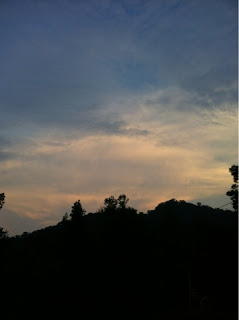
Mining always has been a dangerous business. Miners are, by the very nature of their work, frequently injured on the job.
Black lung has always been a working hazard that accompanied mining. Now,
new studies show that current working conditions have spawned a resurgence in black lung cases among coal miners. The environmental impact of mining is pervasive as well. Study upon study points to carcinogens in our air and water. And then there's the issue of mountaintop removal, which has escalated the coal issue to a fever pitch. Supporters claim that this radical form of surface mining will keep the mining industry afloat; opponents claim that the process creates toxic by-products, rendering the water table lethal.
Mining is a thorny issue, and there isn't one right answer. Coal companies fight to continue production. Activists fight to raise awareness of the environmental and health risks. And miners work hard -- sacrificing their own health and even their lives -- to provide for their families. It's a complex cycle. And yet, it's so often portrayed with a cartoonish naïveté: You're either for coal or you're against it.
I suppose, on one level, that is correct. You can't both support the extraction of a mineral and advocate leaving it in place. You either want to remove mountaintops or you don't. As the old saying goes, you can't be a little bit pregnant. To me, though, the issue has always been about grey areas. I'd love to see a cleaner, more sustainable energy source. I'd love to see the people of my beloved Eastern Kentucky live without the fear of mine-related deaths and without the contaminant by-products of mining. But I also don't want to see an already-precarious economic system suffer an irreparable crash. I don't want the price of cleaner energy to be the economic death of coal-producing regions.

Eastern Kentuckians have, in my experience, always felt stymied by this conundrum. Our region is mineral-rich and nestled away; it was absolutely perfect for the signature industry we developed. Now, that industry is slipping away. Most of the coal is gone. Environmental regulations -- whether you love them or hate them -- are phasing out the portions of the industry that remain. And, we're left terrified, wondering
What's next? The very "nestled away-ness" of the region that once produced deep mineral reserves has also prohibited any successful bids for establishing factories or other large-scale business.
What we see, time and again, are people who approach the problem of the End of Coal as We Know It by erecting dividing lines and conducting ad hominem attacks. There's a pervasive belief that, in acknowledging the environmental repercussions and health risks that accompany the coal industry, we're attacking the fathers, uncles and grandfathers who risk their lives to put food on the table. The distinction that many outsiders draw between being anti-coal and pro-miner is, for most Eastern Kentuckians who rely on coal for their livelihood, solely an academic one. My own home county has memorably jumped on the blame bandwagon,
singling out Kentucky-born actress and activist Ashley Judd for her highly publicized criticism of mountaintop removal.
In
this Sunday's New York Times Op-Ed page, the Berea-based author and environmental activist
Jason Howard takes issue with many pro-coal Appalachians' treatment of his fellow mountaintop removal critics. In this piece, entitled "Appalachia Turns on Itself", Mr. Howard describes deplorable violence taken against activists. He concludes:
"There is no easy resolution to the fraught relationship between the coal industry and the people of Appalachia, many of whom rely on it for jobs even as it poisons their regions. But it is imperative that the industry's leaders and their elected allies lay down their propaganda and engage an honest, civil dialogue about the issue. The stakes are too high to do otherwise."
Mr. Howard is right; there is no easy resolution to the tensions between Appalachia and coal. And, there certainly is a need for a civil dialogue among all affected parties -- coal industry representatives, activists, miners, and elected officials on both sides of the partisan divide. It is time for Eastern Kentuckians, through our community leaders and elected officials, to address the economic realities of our future. All signs point to an increased call for energy sources with a lower carbon footprint, rendering a dire need for new infrastructure and industry in Eastern Kentucky. Coal is a very personal and divisive issue for Eastern Kentuckians. Our towns were built on it. It is our past and our present. It's time, however, for a thoughtful and informed dialogue about its role in our future.


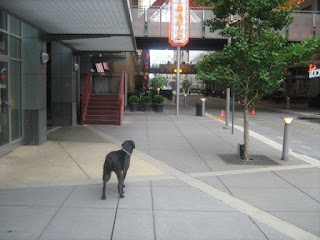
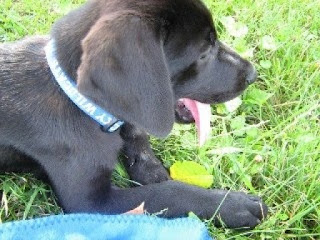
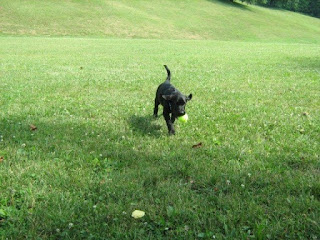


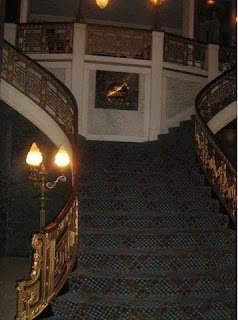



 HerKentucky is thrilled to introduce y'all to Ashley Turner, the blogger behind the fashion and lifestyle blog Pink Julep Abroad. Ashley, a Paintsville native, lives in London (England, not Laurel County) after stops in Miami, NYC, and Grand Cayman. Girl knows a thing or two about travel! Ashley graciously agreed to share her travel story with us today. You can get to know Ashley better on her Twitter, Facebook, Tumblr, or Spotify.
HerKentucky is thrilled to introduce y'all to Ashley Turner, the blogger behind the fashion and lifestyle blog Pink Julep Abroad. Ashley, a Paintsville native, lives in London (England, not Laurel County) after stops in Miami, NYC, and Grand Cayman. Girl knows a thing or two about travel! Ashley graciously agreed to share her travel story with us today. You can get to know Ashley better on her Twitter, Facebook, Tumblr, or Spotify.






 Eastern Kentuckians have, in my experience, always felt stymied by this conundrum. Our region is mineral-rich and nestled away; it was absolutely perfect for the signature industry we developed. Now, that industry is slipping away. Most of the coal is gone. Environmental regulations -- whether you love them or hate them -- are phasing out the portions of the industry that remain. And, we're left terrified, wondering What's next? The very "nestled away-ness" of the region that once produced deep mineral reserves has also prohibited any successful bids for establishing factories or other large-scale business.
Eastern Kentuckians have, in my experience, always felt stymied by this conundrum. Our region is mineral-rich and nestled away; it was absolutely perfect for the signature industry we developed. Now, that industry is slipping away. Most of the coal is gone. Environmental regulations -- whether you love them or hate them -- are phasing out the portions of the industry that remain. And, we're left terrified, wondering What's next? The very "nestled away-ness" of the region that once produced deep mineral reserves has also prohibited any successful bids for establishing factories or other large-scale business.






